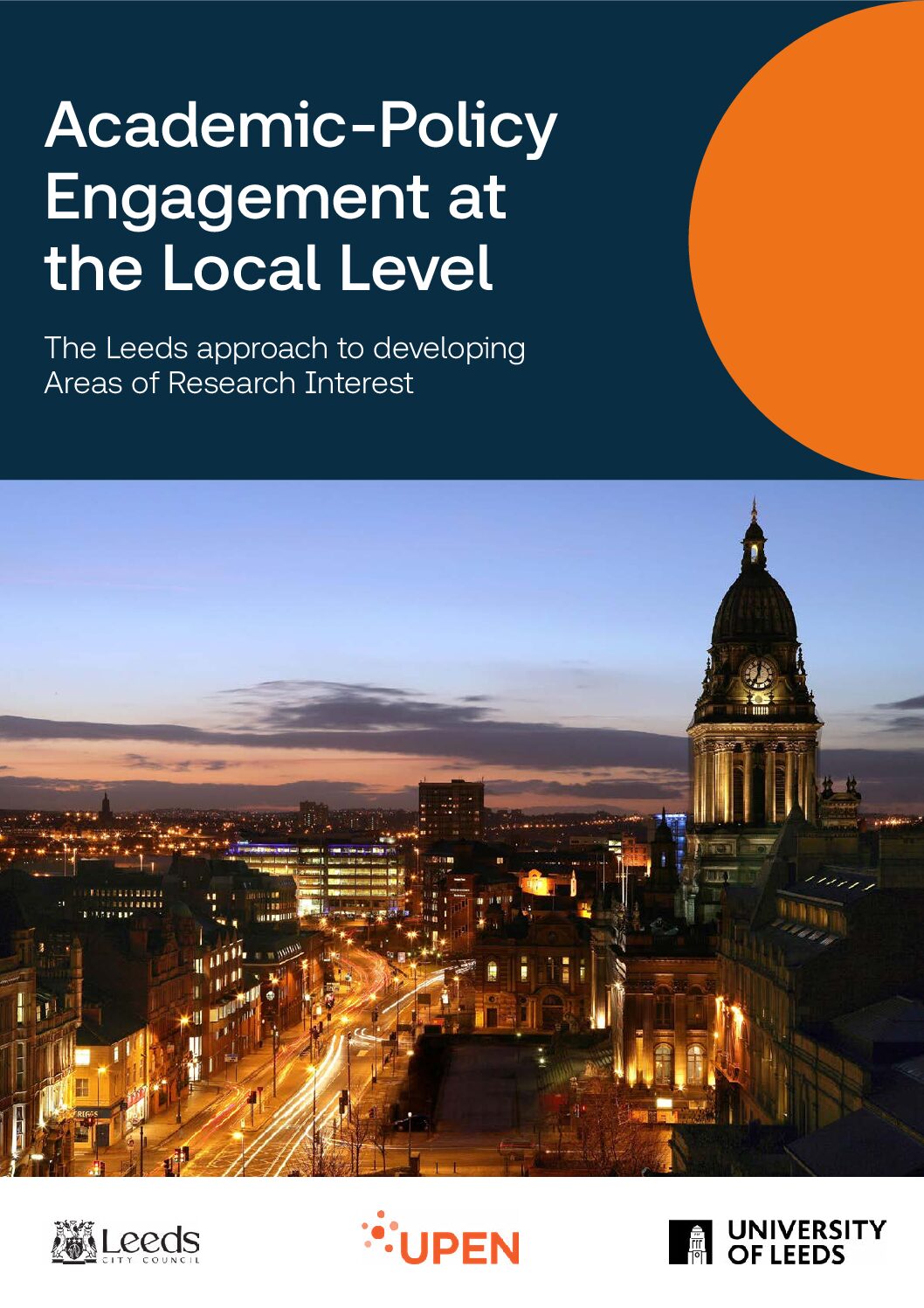Creating healthy homes and neighbourhoods requires considering the influence of the built environment on health in design guides and codes for both indoor and outdoor spaces. However, the health-related influences of the built environment have been rarely addressed in existing design guides and codes in England.
Caglar Koksal at University of Manchester explores below how his CAPE Collaboration Fund project has been helping to bridge this gap with Manchester City Council (MCC) to inform the development of the emerging policy around Manchester’s own Local Urban Design Guides and Codes.
The policy need
In July 2021, the government announced that local authorities in England are to produce their own local design guides and codes to set out high-quality urban design principles for new urban developments in their respective areas. This was part of a wider national strategy, as outlined in the government’s response to the “Living with Beauty” report by the Building Better Building Beautiful Commission, aimed at creating beautiful and distinctive places with a consistent and high-quality standard of design. One of the key objectives of this strategy was to improve the health and wellbeing of communities through design guides and codes.
In 2016, the Manchester City Council (MCC) published the Manchester Strategy, followed by the Manchester Population Health Plan in 2018, recognising the strong links between the quality of the built environment and the health and wellbeing of its residents. However, the challenge of delivering healthy homes and neighbourhoods to improve people’s health in Manchester remains big. Although there have been some improvements in public health over the last decade, Manchester still experiences poorer health than other parts of England in terms of life expectancy, health inequities, and the COVID-19 mortality rate. The city is therefore seeking to strengthen the translation of economic growth into improved public health.
“the health-related influences of the built environment have rarely been addressed in existing design guides and codes in England. Bridging this gap demands the integration of up-to-date knowledge on urban health into design guides and codes.”
According to the 2019 Index of Multiple Deprivation (IMD), Manchester was the fifth most health-deprived district in England, and the Institute of Health Equity found that the average mortality rate due to COVID-19 in Manchester was almost fifty per cent higher than that of England. While the exact contribution of the built environment to these factors is unknown, it has been widely recognised that there are strong links between the quality of the built environment and people’s health and wellbeing. Therefore, creating healthy homes and neighbourhoods requires considering the influence of the built environment on health in design guides and codes for both indoor and outdoor spaces. This includes enhancing indoor insulation and ventilation, creating walkable and cyclable neighbourhoods, ensuring access to greenery and recreation, developing attractive public spaces, and creating strong communities. However, the health-related influences of the built environment have rarely been addressed in existing design guides and codes in England.
Bridging this gap demands the integration of up-to-date knowledge on urban health into design guides and codes. This study aimed to explore this through collaboration between academia and local policy makers. To inform the development of the emerging policy around Manchester’s own Local Urban Design Guide and Codes, we have been collaborating with MCC on a research study that investigates place-based urban design solutions to improve public health in urban developments. This collaboration has been built on two main principles; that the complexity of real-world problems requires integration of knowledge drawn from different fields, and that genuine co-production is a prerequisite for the success of the developed urban design solutions.
Working collaboratively on urban design
Through funding from CAPE, we aimed to identify health determinants and study examples of good urban design principles and practices in residential-led mixed-use urban regenerations that have achieved improvements in public health. We also aimed to establish robust principles that would guide the development of the emerging policy around Manchester’s Local Design Guide and Codes, as well as guide the development of policy in the local area.
This collaboration was established through regular meetings between teams from the council, including those from planning, regeneration, and public health, as well as academics from the University. The primary objectives of these meetings were to discuss good practices, establish the scope of the research, develop a shared vocabulary, and plan future steps. Also, the group periodically invited colleagues from other fields, such as community engagement, to join our discussions with the aim of promoting engagement, obtaining feedback from various stakeholders, and facilitating knowledge exchange between different sectors with diverse knowledge backgrounds.
“genuine co-production is a prerequisite for the success of the developed urban design solutions”
Master’s students from The University of Manchester who were studying urban design and planning were also given the opportunity to participate in the research as part of their coursework. This initiative aligns with The University of Manchester’s main ethos of training reflective and ethical practitioners and embedding social responsibility in teaching and learning activities.
Understanding the policy landscape
The CAPE funding provided me, an early-career researcher at the University, with the opportunity to establish new relationships with an interdisciplinary team and the council. Urban planning is an applied social science discipline, and evidence plays a vital role in decision-making. However, despite the significant emphasis by funders on research impact in the past two decades, a significant gap remains between the academic approach to evidence and the practitioner’s approach to evidence. The CAPE funding helped me understand the policy landscape and the challenges of translating academic research into policy for positive impact.
As a result of this project, the research team are producing an academic article with co-authors from the council. We are also working on a supportive design guide using the evidence collected from the research phase. Moreover, the PI contributed to two funding applications, which aim to extend the work by involving and expanding the research team. The PI has also made a third funding application to the UK Policy Fellowship Scheme to further their knowledge exchange activities and test some of their learning at the national scale.
About CAPE
Capabilities in Academic Policy Engagement (CAPE) is a knowledge exchange and research project funded by Research England from 2020-2024, which has been exploring how to support effective and sustained engagement between academics and policy professionals. The project is a partnership between UCL and the Universities of Cambridge, Manchester, Northumbria and Nottingham in collaboration with the Government Office for Science, the Parliamentary Office for Science and Technology, Nesta and the Transforming Evidence Hub.
About CAPE case studies
CAPE case studies have been written by academics and policy partners on the CAPE project as reflections on their experience of undertaking academic policy engagement. The case studies include explorations of academic placements in policy organisations and vice versa (called Policy Fellowships), partnerships between universities and policy organisations, and collaborative projects between academics and policy partners.


